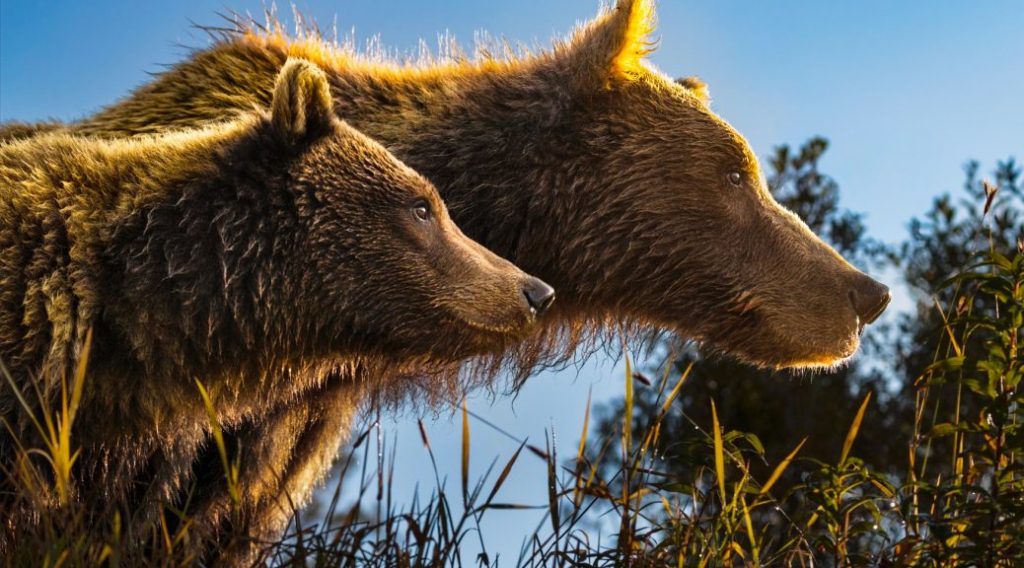Guest Post by Paul Nicklen | The Grizzly as a Symbol of Freedom and Understanding
This is a guest post by WWSG exclusive speaker, Paul Nicklen.
“The Earth is art, and the photographer is only a witness.”
– Yann Arthus-Bertrand, Photographer and Journalist

Photography is a way to share a captured moment with other people, which is why I try to encourage my viewers to feel a connection with nature– with the emotion of the land, and with the living energy of the entire ecosystem. I want them to feel connected to the sea ice, the forests, the highest mountains, and the deepest parts of the sea. To achieve this, I will often turn to charismatic megafauna, those large, iconic animals everyone recognizes from when they were small children.

When I want to inspire people to fall in love with the temperate rainforests, coastal mountains, and huge tracts of wild land in Alaska or Canada’s far north, I look to grizzly bears. For me, the secret of photographing these large, magnificent animals is to capture those intimate moments few would ever have the chance to see in person– a tender moment between a mother and her cub or the look of sheer satisfaction on a bear’s face from a good tree rub. Photography can shape people’s perceptions simply by revealing the true and complex nature of animals like grizzlies.

I photographed this heart-shaped face grizzly along the banks of the Fishing Branch River in Canada’s Yukon Territory. The vulnerability and gentleness within his eyes grabbed me emotionally as he stared back through my lens. I have always found bears to be full of personality and surprisingly willing to engage with me, some even venturing close enough where I could smell the salmon they had just gorged on.
Grizzly bears are born high up in the mountains, in deep-forested dens. As they grow, they make their way down through the snow fields to the grassy meadows below, where they feed on sedge grass and berries. They lead mainly vegetarian, occasionally omnivorous lives until the big, annual salmon runs in the fall when bears switch their diet to the protein-rich, high-fat energy of coho, chinook, pink, chum, and sockeye salmon. This seasonal cycle feeds not only bears, and other wildlife, but also trees as animals drag the fish into the forests. Everything in nature is connected, and nothing is wasted. In a year where there are high returns of salmon, you can actually see evidence of increased nitrogen in the growth rings of the trunks, earning them the name “salmon trees.”

Once the bears are full and fattened on salmon protein, they head back up the mountains to hibernate through the winter, before returning to the rivers in the spring to repeat the ritual. It is nothing less than the cycle of life, writ large against a backdrop of some of the most eye-filling landscapes on Earth.Over the years, I have been fortunate and lucky enough to witness the private lives of bears and the special moments that happen between them. I want to share some of my favorite moments with you here, so that you may feel some of the same soul-stirring emotions I felt in capturing them on film.
